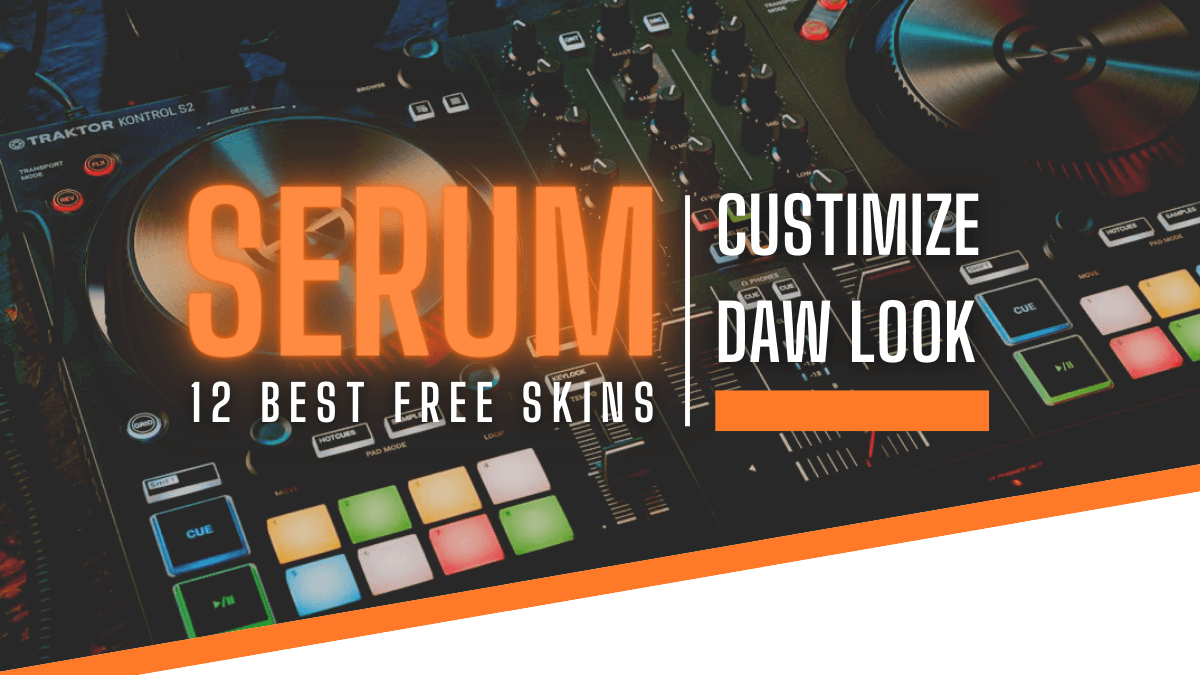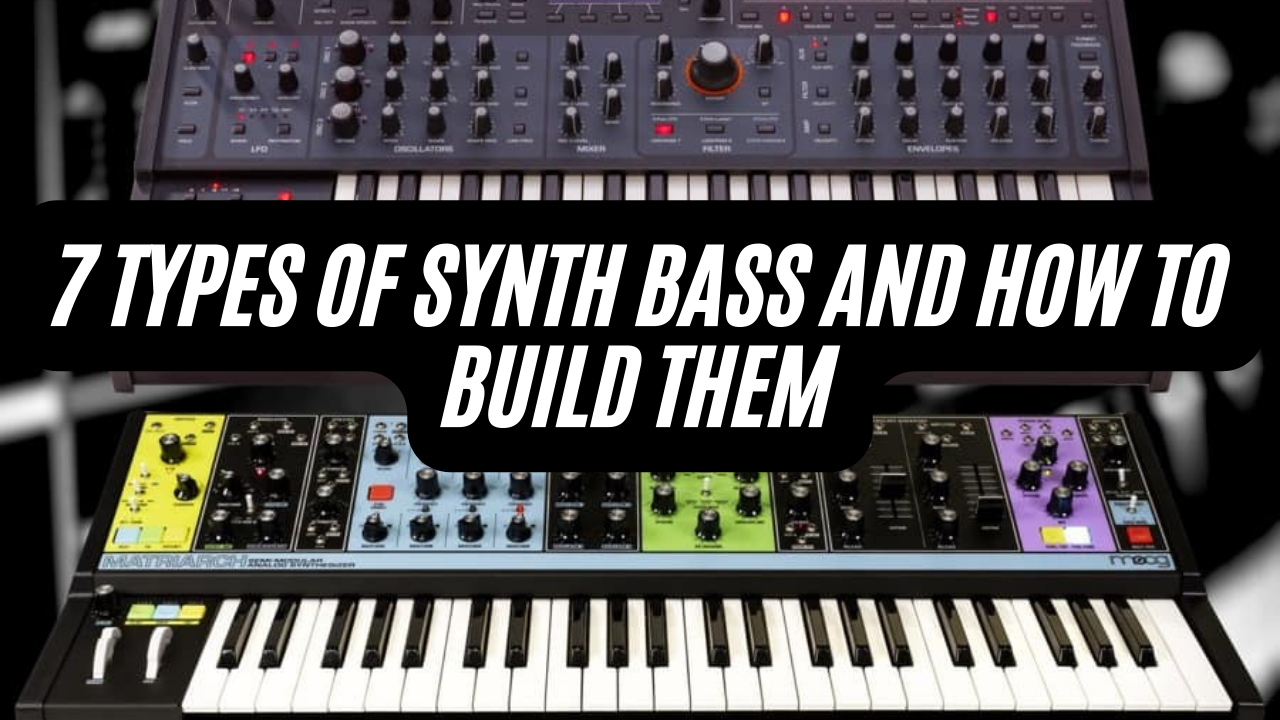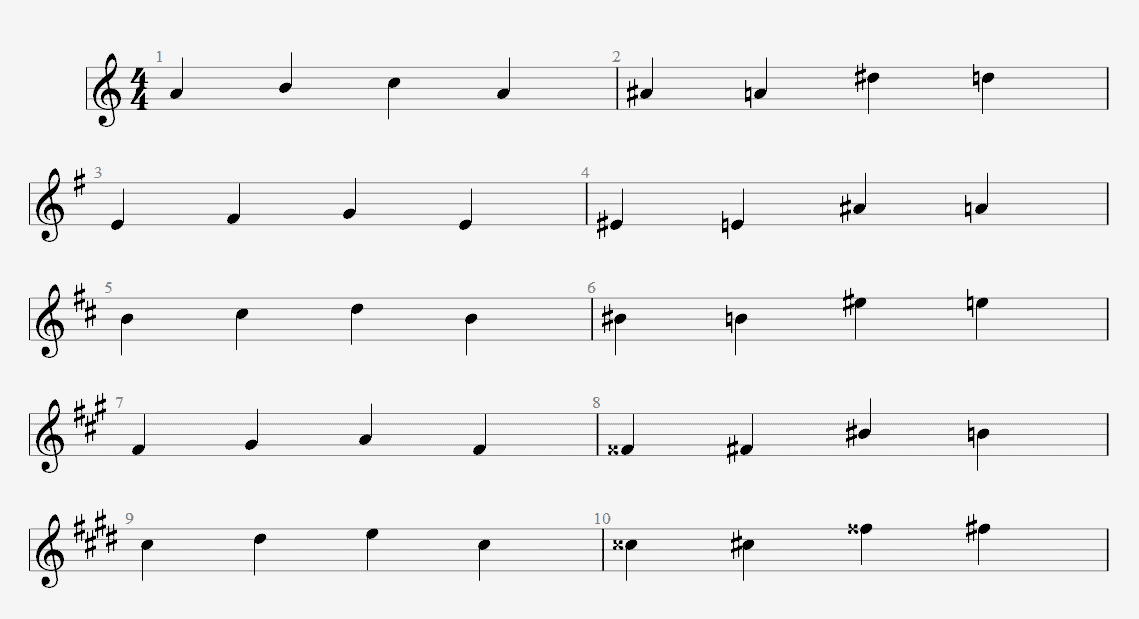Music producers enjoy working in motivating environments. For this reason, it’s crucial to make an effort to decorate your home studio with cool furniture, lighting, and artwork. If you use Serum, you can quickly alter the synth’s appearance with a custom skin that fits your preferences, aesthetic, and workflow. In this article, you’ll find out how to customize your DAW look with Serum custom skins, and we’ll also reveal some good sources for getting free ones.
We’ll also quickly go over what you’ll need to create your own Serum skins.
Let’s get going!










